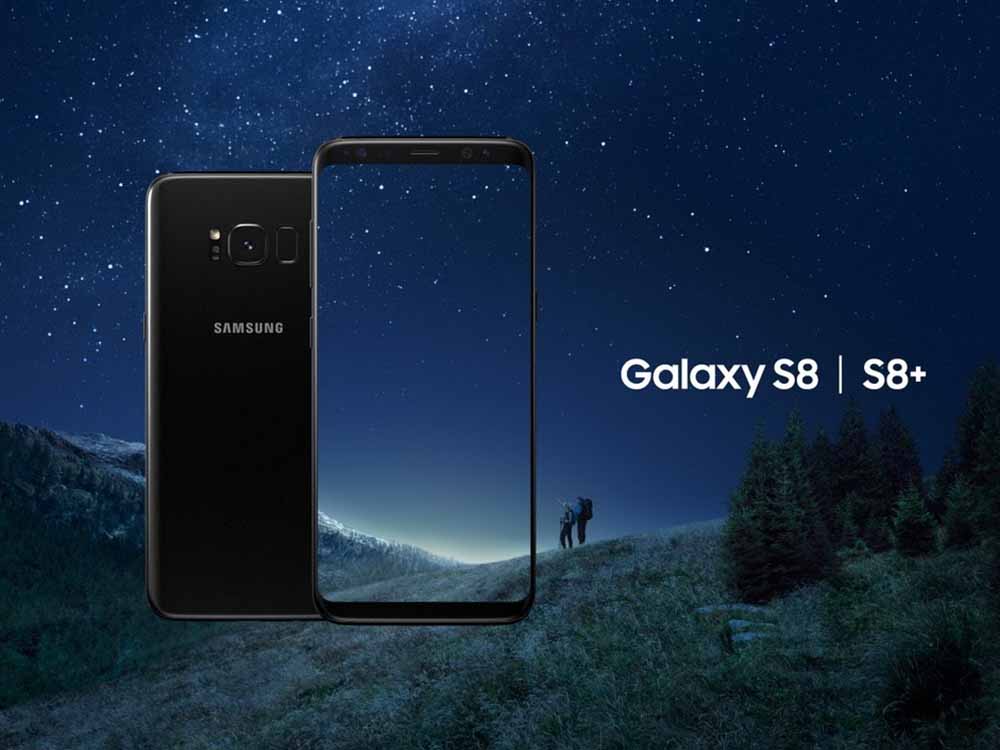Samsung Galaxy S8 (2017) – Redefining Smartphone Excellence
The Samsung Galaxy S8, released in 2017, marked a turning point in the smartphone industry. With its stunning Infinity Display, advanced camera technology, and powerful performance, the S8 set a new standard for what consumers could expect from a flagship smartphone.
Design and Display – The Era of the Infinity Display
One of the most striking features of the Samsung Galaxy S8 was its design. The device featured a sleek, glass-and-metal construction with curved edges, creating a seamless and futuristic appearance. Samsung’s hallmark Super AMOLED display technology took center stage with the introduction of the “Infinity Display.” The display curved around the edges of the phone, nearly eliminating side bezels and offering an immersive viewing experience.
The Galaxy S8 came in two sizes: the standard S8 with a 5.8-inch display and the larger S8+ with a 6.2-inch display. Both featured Quad HD+ resolution, vibrant colors, deep blacks, and HDR support, making them ideal for multimedia consumption.
Camera and Photography – The Pinnacle of Smartphone Imaging
Samsung continued to push the boundaries of smartphone photography with the Galaxy S8. The rear camera boasted a 12-megapixel sensor with an f/1.7 aperture, dual-pixel autofocus, and optical image stabilization (OIS). These features resulted in stunning low-light performance and sharp, detailed images.
The front-facing camera was an 8-megapixel sensor with an f/1.7 aperture, perfect for high-quality selfies. Samsung introduced facial recognition for the front camera, allowing users to unlock their phones with a glance.
One of the standout camera features was the introduction of the “Bixby Vision” technology, which provided real-time object recognition and integration with various services, such as shopping and translation apps.
Performance and Software – A Smooth Experience
The Galaxy S8 was powered by either the Qualcomm Snapdragon 835 or Samsung’s in-house Exynos 8895 chip, depending on the region. This chipset, coupled with 4GB of RAM, delivered exceptional performance and multitasking capabilities. The phone handled demanding tasks and gaming with ease.
Samsung’s custom Android skin, Samsung Experience (formerly known as TouchWiz), ran atop Android 7.0 Nougat and offered a host of software enhancements. The device also introduced the Bixby virtual assistant, designed to provide contextual information and perform tasks through voice commands or the Bixby Vision feature.
Security and Features – Iris Scanning and Beyond
The Galaxy S8 prioritized security with a range of biometric authentication options. In addition to the traditional fingerprint sensor, it introduced iris scanning technology for enhanced security. The combination of facial recognition, fingerprint scanning, and iris scanning provided users with a variety of choices for unlocking their devices.
The device was also water and dust resistant (IP68 rating) and featured wireless charging capabilities. Samsung DeX, a desktop-like experience when connected to an external monitor, showcased the phone’s versatility.
In conclusion, the Samsung Galaxy S8 (2017) was a testament to Samsung’s commitment to innovation and excellence in the smartphone industry. Its striking design, Infinity Display, advanced camera technology, powerful performance, and security features made it a standout in its generation of smartphones. The Galaxy S8 played a pivotal role in shaping the direction of flagship smartphones and remains a beloved device among users worldwide.











